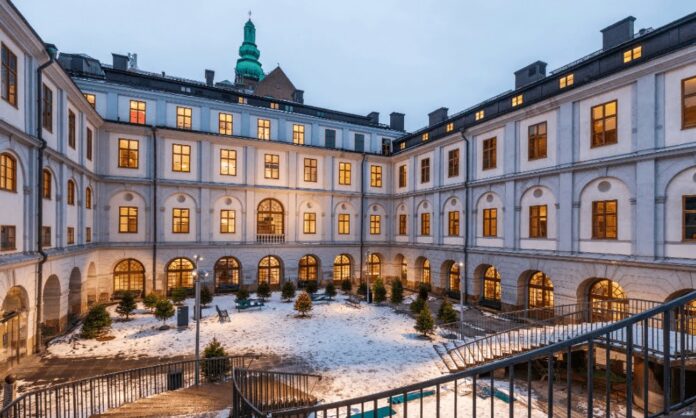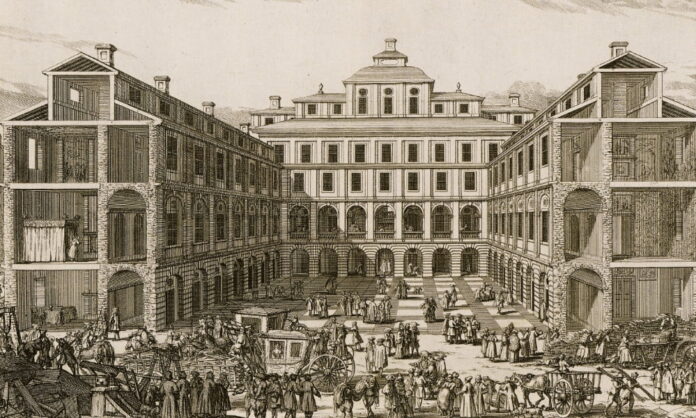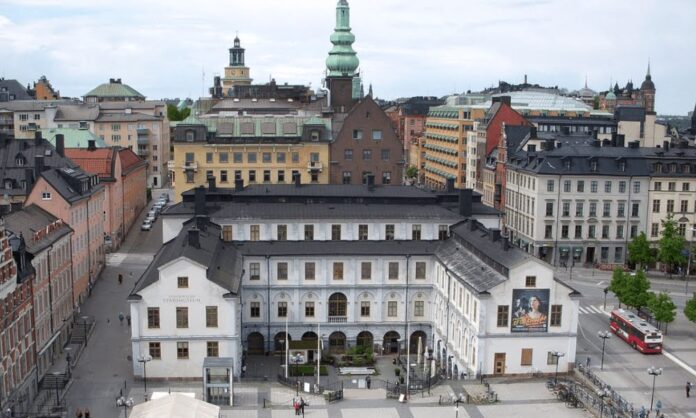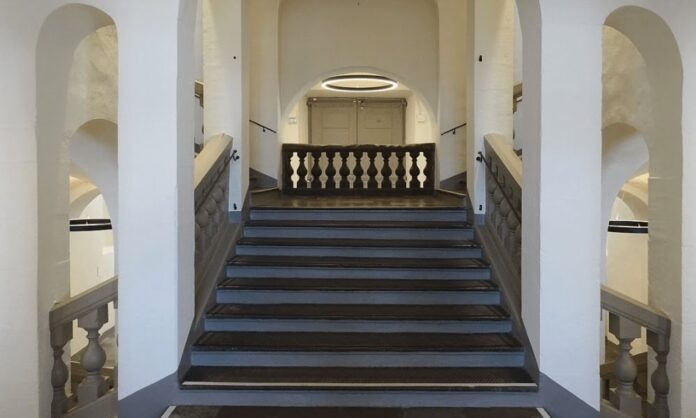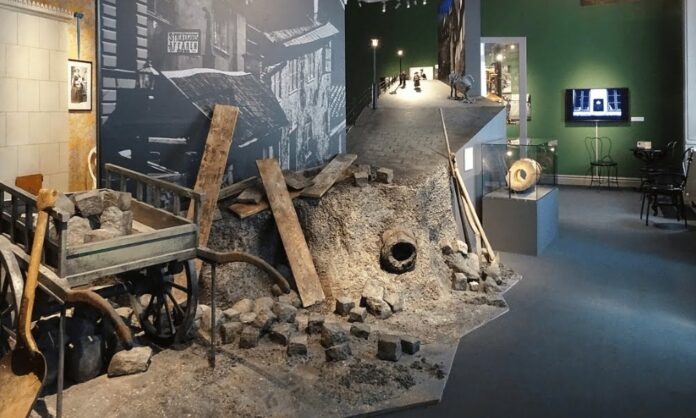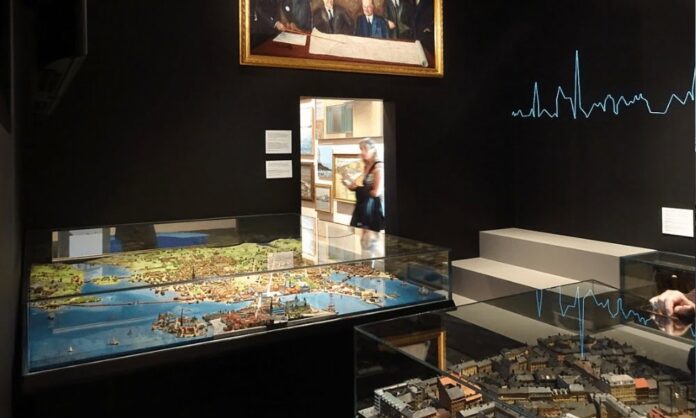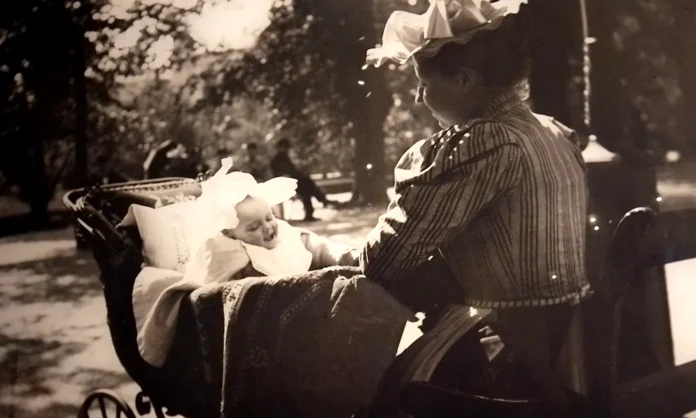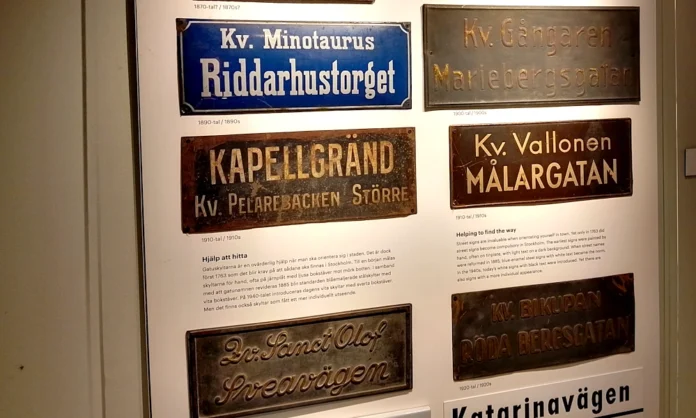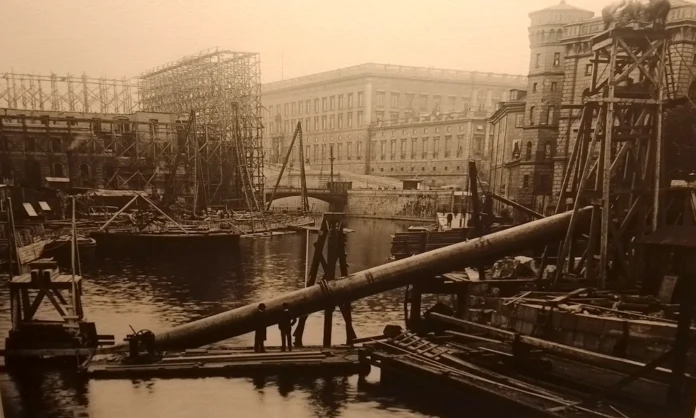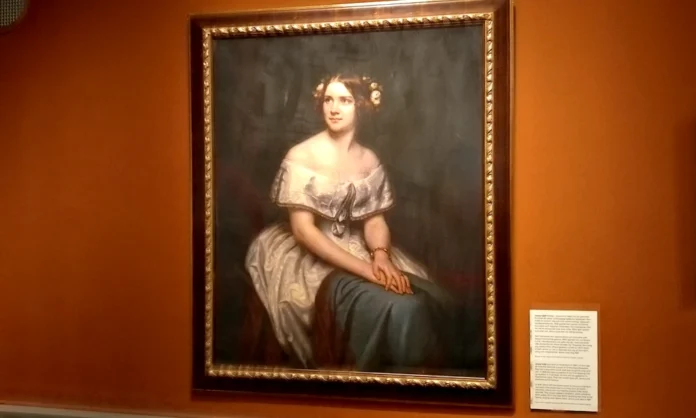The City Museum of Stockholm: Cultural legacy
The City Museum of Stockholm, also referred to as Stadsmuseet in Swedish, is a rich repository of historical collections that explore the depths of Stockholm’s municipal history and the wider range of cultural heritage exhibits in Sweden.
A captivating journey through time
This museum offers a captivating journey through time, chronicling the vibrant evolution of Stockholm, Sweden’s capital city. Its exhibitions serve as a window into the past, showcasing the rich tapestry of urban life, traditions, and the cultural legacy that has shaped the city.
The museum has a new exhibition about the 1900s. The exhibition is called “New Stockholm—Turn of the Century 1900,” exploring the city’s history from “Empire dreams to suburban punk rockers” and covering various aspects of Swedish society, including concepts like “folkhemmet” (the Swedish welfare state).
Please note: Slussen is currently under reconstruction, which may result in some limited accessibility to certain areas.
A glimpse into Stockholm’s past
Visitors to the City Museum of Stockholm can immerse themselves in diverse historical collections. These include artifacts, photographs, documents, and interactive displays. The exhibits tell the comprehensive story of Stockholm’s growth, municipal governance, and the cultural mosaic that defines this dynamic metropolis.
With its dedication to preserving and sharing the history of Stockholm, this museum stands as a cultural beacon for both locals and tourists. It provides a unique opportunity to explore the heritage and achievements of the city while gaining insights into the broader context of cultural heritage displays in Sweden.
For those seeking a deeper connection to the heart and soul of Stockholm, a visit to the City Museum of Stockholm is an enriching experience. It is a testament to the city’s enduring legacy. The museum is a celebration of the cultural tapestry that defines this vibrant urban center.
Kopparmatte
The Kopparmatte statue (‘Copper Matthew’) portrays a stern man wielding a whip, serving as a stark reminder of the brutal punishments meted out to Stockholmers who violated the law.
From 1603 to 1776, the Kopparmatte statue stood atop the skampålen, or “shame pole,” in the heart of Stortorget, Gamla Stan, epitomizing the era’s harsh legal enforcement. The original sculpture, crafted by Marcus Kopparslagare in 1603, features a bronze figure holding a bundle of twigs (“ris” in Swedish) in his right hand, symbolizing the punitive measures of the time. Today, the statue resides at the Stockholm City Museum, where it represents a part of the city’s history.
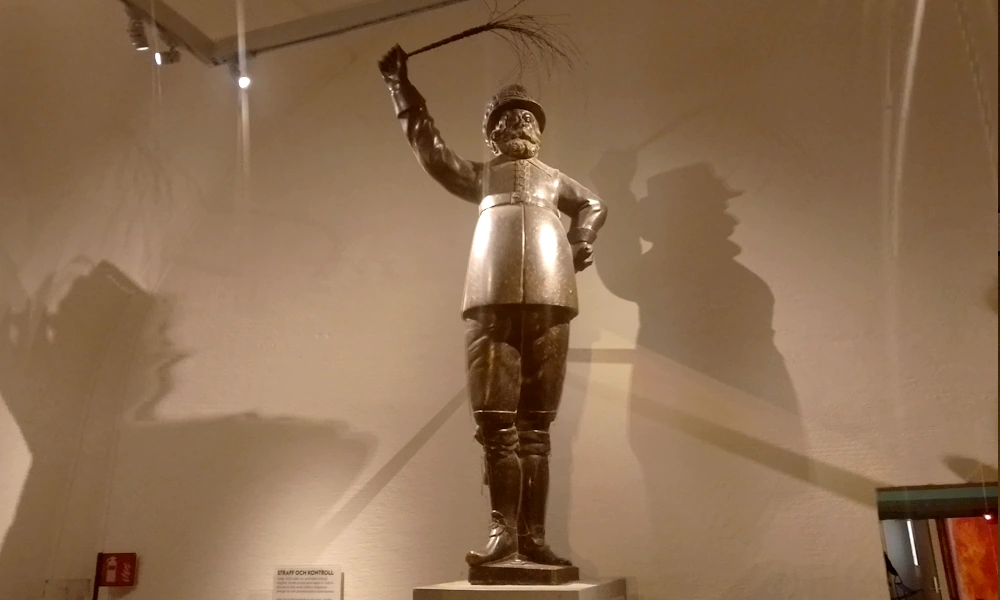
About the area: Ryssgården (Slussen)
 Ryssgården, also known as the Russian Yard, is a historical site located in Stockholm, Sweden. Established by the Russians as a trade center in the late 17th century, it reflects the complex and often tumultuous relationship between Sweden and Russia over the centuries.
Ryssgården, also known as the Russian Yard, is a historical site located in Stockholm, Sweden. Established by the Russians as a trade center in the late 17th century, it reflects the complex and often tumultuous relationship between Sweden and Russia over the centuries.
Russian merchants used the site as a storage and trading center for goods like furs, wax, and timber. The Swedish Crown granted the Russians the right to use the site in exchange for similar privileges for Swedish merchants in Russia. During the Great Northern War between Sweden and Russia, the Russian army used Ryssgården as a military camp. After the war ended in 1721, merchants returned the site to its original commercial use.
The site’s buildings served a variety of functions over time, including as a warehouse, a customs house, and a prison. Today, the area is a popular tourist attraction and a designated cultural heritage site. The history of Ryssgården reflects the complex and often tumultuous relationship between Sweden and Russia over the centuries.
About the building of the City Museum
The building that currently houses the City Museum of Stockholm has a long and varied history. Located at Ryssgården, this historical site was originally used by the Russians as a trading center in the late 17th century. Over the years, the site has served various purposes. During the Great Northern War, it served as a military camp, a warehouse, and a customs house.
On the site that would later become the City Museum of Stockholm, construction began in 1640. This building was initially used as a warehouse for goods imported from Russia. Over the years, the structure was expanded and renovated several times.
In 1866, the City Museum of Stockholm acquired the building and converted it into a museum. Initially, the museum focused on the history of Stockholm and its surroundings. Over time, it expanded its collection to include exhibits on a wide range of topics related to Swedish history and culture.
In 1934, the building underwent a major renovation and expansion, adding new exhibition spaces and modern facilities. The museum continues to operate in the same building today, making it one of the most popular cultural attractions in Stockholm. The building’s rich history and central location make it a fitting home for the city’s museum.
Conclusion
In conclusion, the City Museum of Stockholm encapsulates the essence of Stockholm’s historical and cultural journey. Situated in the heart of Ryssgården, the museum houses an extensive array of artifacts, photographs, and documents. It serves as a testament to the city’s rich past and dynamic evolution. As visitors traverse its carefully curated exhibitions, they gain invaluable insights into Stockholm’s municipal governance and urban life. The intricate cultural tapestry defines this vibrant metropolis.
Despite current reconstruction efforts around Slussen, which may limit accessibility, the museum remains an indispensable cultural beacon for both locals and tourists alike. The historical significance of its location is profound, and the diverse and immersive collections it offers make this museum a must-visit destination. It is perfect for anyone looking to deepen their connection with the city’s enduring legacy. It is a celebration of Stockholm’s achievements and a window into the broader context of Sweden’s cultural heritage.
Other attractions near the City Museum of Stockholm
- Gamla Stan (Old Town)
The area is a historic island filled with cobblestone streets, colorful buildings, and significant landmarks, such as the Royal Palace and Stockholm Cathedral. - The Royal Palace (Kungliga Slottet)
This is one of the larger palaces in Europe, offering guided tours of its opulent rooms and the Royal Armory with state regalia and historical artifacts. - Nobel Prize Museum
Located in Gamla Stan, this museum showcases the history of the Nobel Prize and the achievements of its laureates through interactive exhibits. - Fotografiska
It is a contemporary photography museum that features rotating exhibitions by world-renowned photographers. It also has a café offering panoramic views of the city. - Moderna Museet (Museum of Modern Art)
Situated on Skeppsholmen island, this museum houses an impressive collection of modern and contemporary art, including works by Picasso and Dalí. - Skansen Open-Air Museum
Located on Djurgården island, Skansen is the world’s oldest open-air museum, offering a glimpse of historical Swedish life with its traditional buildings and live reenactments. - Katarina Elevator (Katarinahissen)
This historic elevator offers a stunning view of Stockholm and its archipelago from its peak. It’s a short walk from Slussen. - Stortorget
The main square in Gamla Stan is known for its vibrant buildings, historical significance, and the annual Christmas market.
These attractions provide a mix of historical, cultural, and scenic experiences, all within proximity to the City Museum of Stockholm.


